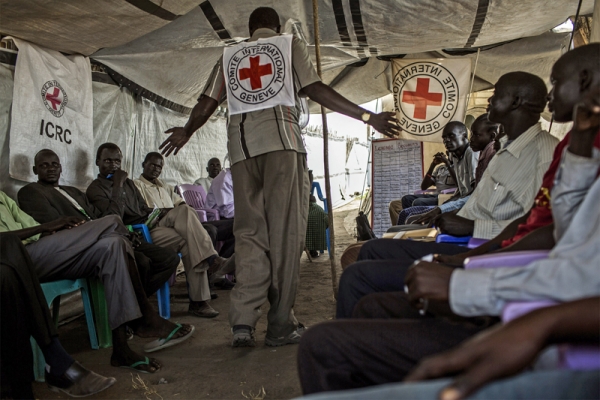Although the peace agreement is still in force, the conflict continues, especially in the areas of Jonglei, Juba and the Greater Pibor Administrative Area. In recent months, in fact, hospitals in the country have treated a significant flow of patients injured in the clashes, but it is becoming difficult to welcome and treat them all. As a result, the International Committee of the Red Cross, in close cooperation with the Sudanese Red Cross, has intensified its activities and humanitarian response, alongside and supporting local hospitals.
Following the latest escalation of violence, the ICRC has rescued 120 people, including 41 injured by firearms, who were promptly transferred to better equipped locations. To address the crisis over the past year, the ICRC has also built a new operating room in Juba Hospital. Despite the efforts of both the International Committee of the Red Cross, the Sudanese Red Cross and the local hospitals, the situation continues to be dramatic and the violence that occurs every day in many areas of the country causes deaths, injured and tens of thousands displaced people.
In fact, Pierre Dorbes, the head of the ICRC delegation in South Sudan said that "the impact of armed conflict and violence on people in South Sudan is devastating". Civilians, in fact, are not only constantly exposed to the risk of being injured or killed, but they experience on their own skin all the consequences of the presence of the conflict, such as the lack of food and essential goods. For this reason, Pierre Dorbes added, "we call on all armed actors to respect and protect them - to respect the basic rules of International Humanitarian Law and principles of humanity".
To read more, please visit:
- South Sudan: Human toll of conflict and violence strains healthcare system - South Sudan | ReliefWeb
- Press release: Sharp increase in violence in South Sudan at the end of 2022, according to latest UNMISS Quarterly Brief | UNMISS (unmissions.org)
- Sud Sudan, la violenza sui civili è in aumento | Rivista Africa (africarivista.it)
by Amalia Ranieri




